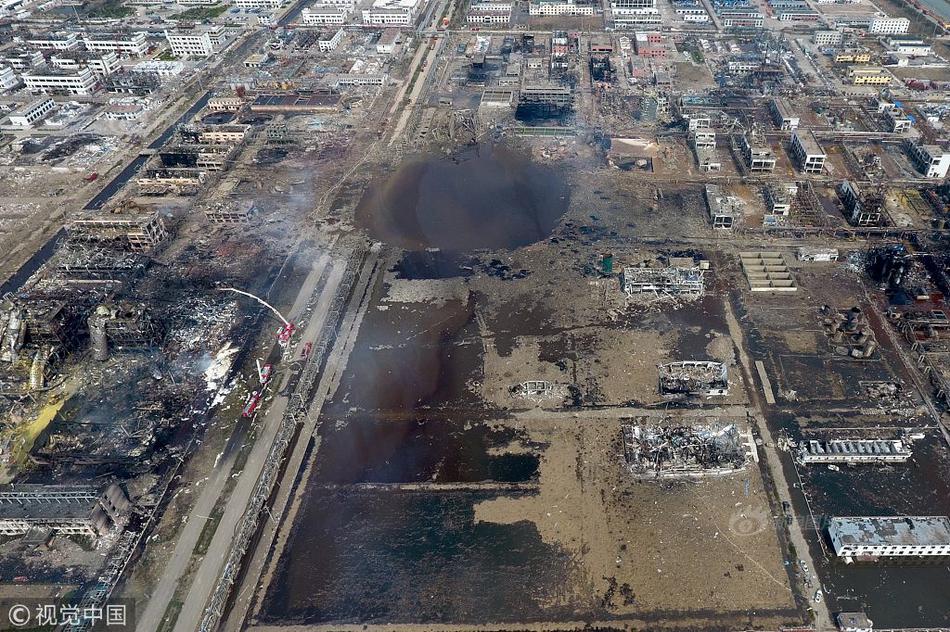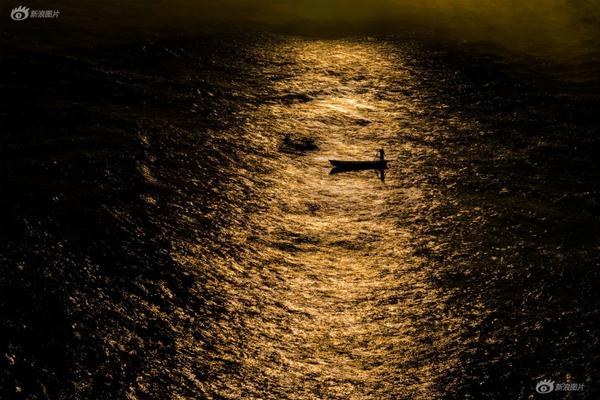【】
UPDATE: Oct. 22, 2017, 11:21 a.m. PDT Typhoon Lan made landfall near Tokyo on Sunday afternoon eastern time, as a Category 2 storm. Winds at Tokyo’s Narita International Airport reached typhoon intensity of 75 mph, and heavy rain fell far from the storm’s center. Fears of flooding and landslides led to warnings in mountainous areas, as the storm raced toward the North Pacific.
Super Typhoon Lan has been undergoing rapid intensification on Thursday night and Friday, and may reach Category 5 intensity by Saturday morning. The storm had maximum sustained winds of 150 miles per hour as of Friday afternoon, eastern time, and was still slowly intensifying.
Super Typhoon Lan is in a favorable environment for strengthening, and is likely on a collision course with highly populated areas of Japan while in a weaker, but still formidable state.
One characteristic of this storm that's clear from satellite imagery is that it has developed a massive eye about 50 miles in diameter. To put that into perspective, if you put the center of the storm on top of Manhattan, it would encompass parts of New Jersey, the lower Hudson Valley of New York, southwestern Connecticut, and western Long Island.
SEE ALSO:Typhoon Lan will be Earth's next megastorm, with effects rippling across the PacificThe Joint Typhoon Warning Center (JTWC) forecasts the storm to peak at Category 5 intensity while moving to the north-northeast through Saturday. The peak in intensity will take place early in the weekend, before the storm encounters cooler ocean waters and stronger upper level winds that will cause the system to lose some of its punch.
 Credit: weather.us
Credit: weather.usAs the storm weakens, Typhoon Lan is forecast to move just off the Japanese coast, passing near the city of Kyoto on Oct. 22 and near or directly over Tokyo between the 22nd and 23rd.
At that time, the JTWC, predicts the typhoon will be a large Category 2 storm, though it may also be transitioning into a large and powerful non-tropical system.
Nevertheless, it could bring multiple, serious hazards to the Tokyo area, including storm surge flooding along the coast, inland flooding from heavy rains, as well as strong, damaging winds that could cause widespread power outages.
One of the most interesting aspects of this typhoon will be how it will affect the weather thousands of miles away, including across the East Coast of the U.S. during the next one to two weeks. When typhoons, particularly powerful ones like Lan, recurve into the northern Pacific Ocean, they can give a jolt -- akin to a 6-pack of Red Bull -- to the jet stream flowing from west to east across the Pacific Ocean.
 Map showing the Pacific jet stream before Typhoon Lan recurves into the North Pacific.Credit: weatherbell
Map showing the Pacific jet stream before Typhoon Lan recurves into the North Pacific.Credit: weatherbell Map showing the Pacific jet stream after Typhoon Lan recurves into the North Pacific.Credit: weatherbell
Map showing the Pacific jet stream after Typhoon Lan recurves into the North Pacific.Credit: weatherbellThe jet stream, which is a narrow highway of strong winds at about 30,000 feet above the Earth's surface that steers weather systems, tends to become more amplified, or wavier, in the days after a strong typhoon recurves into the northern Pacific Ocean. These waves in the jet stream can spawn storms and outbreaks of cold air across North America, and are part of what long-range weather forecasters look for when making a prediction.
It appears that Typhoon Lan, will alter the U.S. weather pattern in a way that ends a long period of unusually mild weather across the eastern U.S., for example.
For now, though, the focus remains on the threat to Japan, given that Tokyo is a flood-prone city of 9 million.
Featured Video For You
The internet is very confused by Ariana Grande's album cover
相关文章

Slack goes down again, prompting anxiety everywhere
Panic briefly took over on Tuesday when everyone's favorite messaging app/millstone went down tempor2025-12-27
Snow is hard to come by in Australia, so this guy created his own
It's winter in Australia right now, but snowfall is difficult to come by unless you're in one of the2025-12-27
Trump Twitter bot reminds us that all his tweets are coming from the White House
The often flippant, emotional stream of tweets from President Trump never ceases to amaze, particula2025-12-27 Counter-Strikepro Kenny "KennyS" Schrub was the undeniable MVP during Sunday's ESL Pro League Season2025-12-27
Counter-Strikepro Kenny "KennyS" Schrub was the undeniable MVP during Sunday's ESL Pro League Season2025-12-27
J.K. Rowling makes 'Harry Potter' joke about Olympics event
LONDON -- For anyone who isn't familiar with the Olympics omnium events in the velodrome, the points2025-12-27
Queen Elizabeth II reportedly a big fan of her life story in 'The Crown'
Netflix charts the early reign of Queen Elizabeth II in its biopic series The Crown... and the IRL q2025-12-27

最新评论